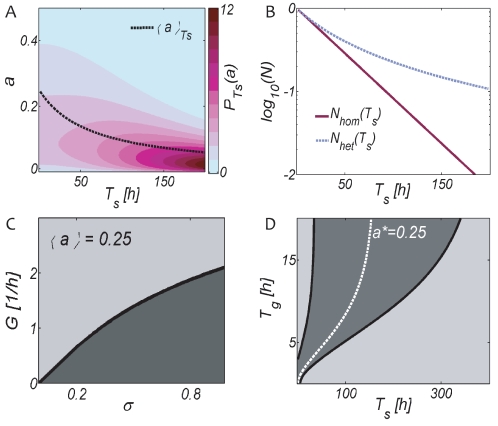Figure 8. Costs and Benefits of resting state cell-cell variability.
(A) Change of the distribution of resting states  during stress for the initial parameters
during stress for the initial parameters  . Subpopulations potentially able to resume growth quickly (large
. Subpopulations potentially able to resume growth quickly (large  ) rapidly decline upon stress exposure, resulting in a time dependent average activity (dashed black line) and death rate. (B) The population decay therefore deviates from the exponential decay of a homogeneous population. Panel (C) shows regimes in which cell-cell variability reduces (light gray,
) rapidly decline upon stress exposure, resulting in a time dependent average activity (dashed black line) and death rate. (B) The population decay therefore deviates from the exponential decay of a homogeneous population. Panel (C) shows regimes in which cell-cell variability reduces (light gray,  ) or enhances (dark gray,
) or enhances (dark gray,  ) the population growth lag. At large steady state growth rates
) the population growth lag. At large steady state growth rates  , population recovery is driven by the tail of the activity distribution with shorter than average growth lags. At small growth rates
, population recovery is driven by the tail of the activity distribution with shorter than average growth lags. At small growth rates  , or large variability
, or large variability  , the recovery is driven by the bulk of the distribution with longer than average growth lags. Panel (D) shows regimes of benefits (light gray,
, the recovery is driven by the bulk of the distribution with longer than average growth lags. Panel (D) shows regimes of benefits (light gray,  ) and costs (dark gray,
) and costs (dark gray,  ) of cell-cell variability in full cycles of stress and regrowth. Heterogeneity represents a disadvantage when the population average is optimally adapted, i.e. when environments are sufficiently periodic and close to the white line compare with Fig. 5B. When environments fluctuate over a wide range, heterogeneous populations benefit from fast responders when the stress duration
) of cell-cell variability in full cycles of stress and regrowth. Heterogeneity represents a disadvantage when the population average is optimally adapted, i.e. when environments are sufficiently periodic and close to the white line compare with Fig. 5B. When environments fluctuate over a wide range, heterogeneous populations benefit from fast responders when the stress duration  is short, and from highly stress resistant cells when
is short, and from highly stress resistant cells when  is large.
is large.

